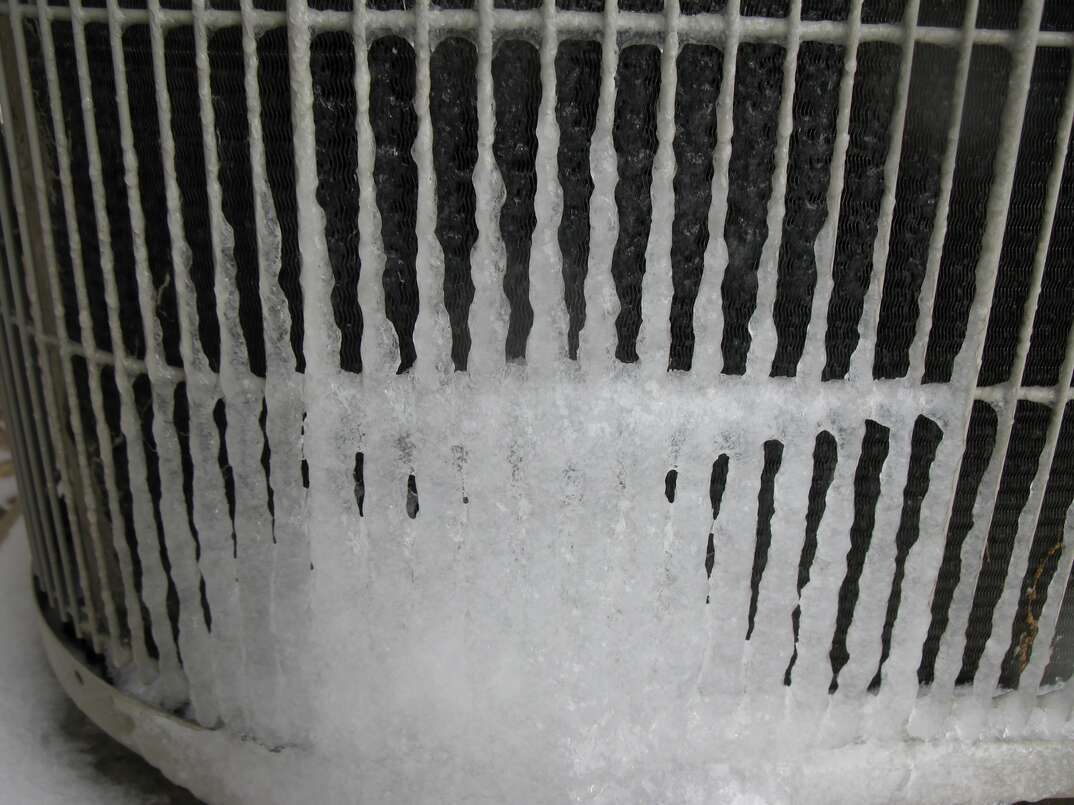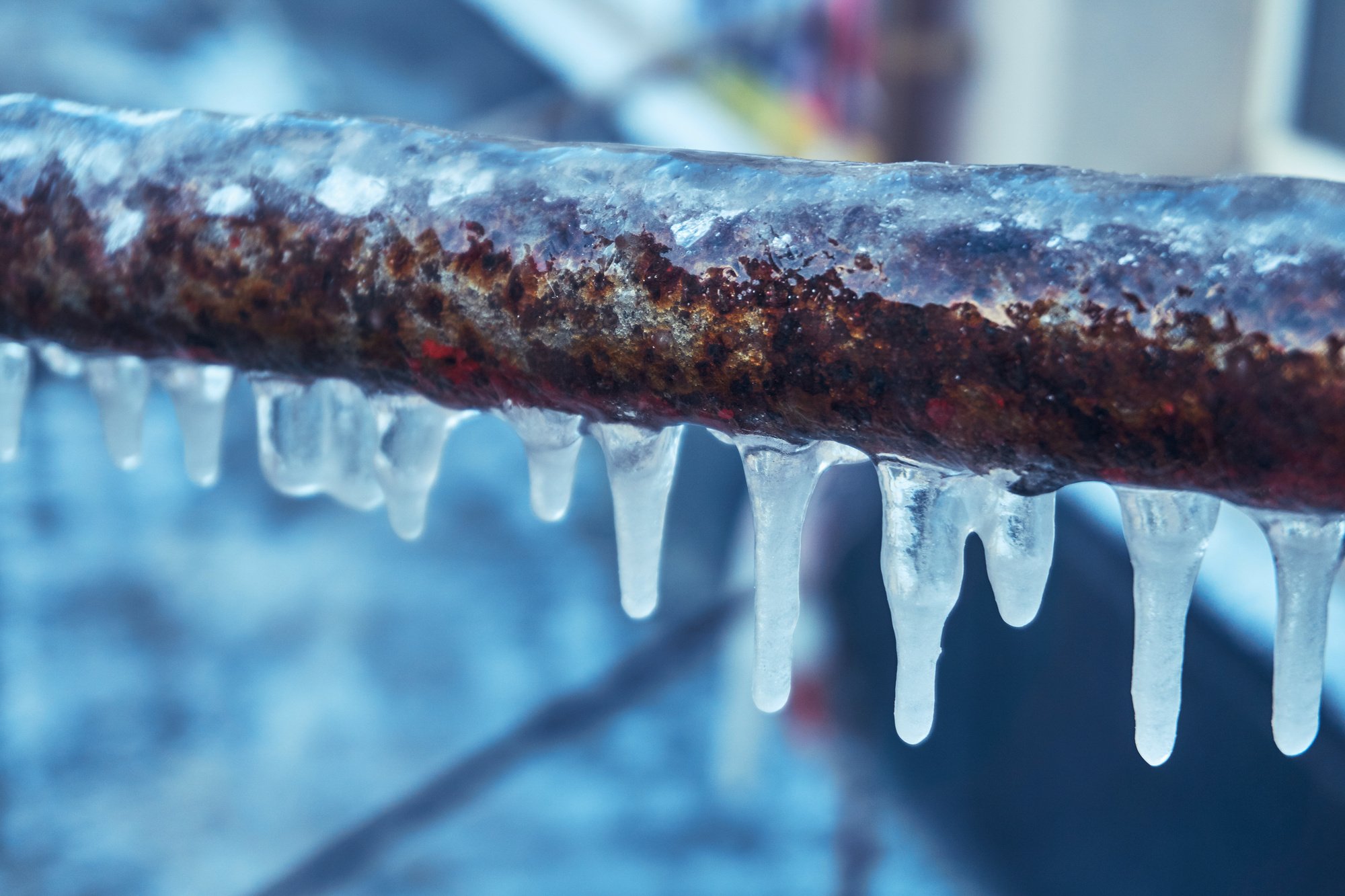How to Handle a Frozen AC Pipe: Step-by-Step Handbook
How to Handle a Frozen AC Pipe: Step-by-Step Handbook
Blog Article
What are your thoughts and feelings on Why Is Ice On My Outside Air Conditione?

Introduction
Discovering that your air conditioning pipeline is iced up can be concerning, specifically throughout warm summer months when you rely upon your air conditioner one of the most. Understanding what to do in such a situation is important to stop more damages to your air conditioning system and ensure your convenience inside.
Recognizing the Causes
A number of factors can add to the freezing of an AC pipeline. Understanding these reasons can help you attend to the concern successfully.
Lack of Airflow
One typical source of a frozen a/c pipeline is inadequate airflow. When the air flow over the evaporator coil is limited, it can cause the coil to go down below freezing temperature, bring about ice formation on the pipe.
Reduced Refrigerant Levels
Not enough cooling agent levels in your a/c system can likewise lead to a frozen pipeline. Reduced cooling agent degrees can create the stress in the system to go down, leading to the freezing of moisture on the evaporator coil.
Winter Conditions
In cooler environments, freezing temperatures outside can contribute to the freezing of air conditioning pipelines. If your a/c device is not effectively insulated or if there are leaks in the ductwork, cold air can penetrate the system, creating the pipeline to ice up.
Dirty Air Filters
Filthy or blocked air filters can restrict air movement in your air conditioner system, causing different issues, consisting of an icy pipe. It's vital to replace or clean your air filterings system consistently to make sure proper air movement and avoid ice build-up.
Indications of a Frozen AC Pipe
Recognizing the indications of an icy air conditioning pipeline is essential for punctual activity.
Decreased Airflow
If you see a significant decline in air movement from your vents, it might suggest a frozen pipeline.
Ice Buildup on the Pipe
Noticeable ice accumulation on the refrigerant line or the evaporator coil is a clear sign of an icy air conditioning pipeline.
Strange Sounds from the Unit
Uncommon noises, such as hissing or gurgling, originating from your air conditioning device can indicate that there's ice existing on the pipe.
Immediate Actions to Take
When faced with an icy a/c pipeline, it's necessary to act swiftly to stop more damage to your cooling system.
Shutting off the AC
The initial step is to turn off your air conditioning system to avoid the system from running and intensifying the issue.
Looking for Blockages
Examine the area around the interior unit for any type of obstructions that might be blocking air flow, such as furniture or curtains.
Defrosting the Pipe
You can make use of gentle approaches like placing towels taken in cozy water around the frozen pipe to aid thaw it slowly.
Preventive Measures
Taking safety nets can assist stay clear of future occurrences of a frozen a/c pipeline.
When DIY Methods Fail
If your attempts to thaw the pipe or address other problems are not successful, it's time to contact a specialist.
Relevance of Hiring a Professional HVAC Technician
A certified HVAC specialist has the know-how and devices required to diagnose and fix issues with your air conditioner system securely and efficiently.
Normal Maintenance Checks
Arrange normal maintenance checks with an expert HVAC technician to make sure that your air conditioner system is running effectively.
Changing Air Filters
On a regular basis change or clean your air filters to avoid air flow constraints and maintain optimal performance.
Shielding Exposed Pipes
If your air conditioning pipes are subjected to chilly temperature levels, consider shielding them to prevent cold throughout winter months.
Looking For Professional Help
If DIY approaches stop working to solve the problem or if you're uncertain about just how to proceed, it's best to look for help from a qualified HVAC technician.
Verdict
Handling a frozen a/c pipe can be a frustrating experience, however knowing just how to respond can assist minimize damages and restore comfort to your home. By recognizing the causes, acknowledging the indicators, and taking prompt activity, you can properly deal with the problem and avoid future events.
Frozen AC Line: Why It Happens & What To Do About It
A frozen AC line can be a rather peculiar sight in a place like Phoenix, Arizona where nothing ever freezes. In this post, we’ll discuss what makes an air conditioner line frozen – and what you can do about it.
Dirty Air Filters
Did you know that you should be cleaning or replacing your air filters on a monthly basis? Failing to do this can result in airflow issues that, in turn, cause your evaporator coils and lines to freeze over. You’ll notice a buildup of ice on both components, although the buildup on your pipes will, of course, be more evident unless you open your air condition up to reveal the coils.
What To Do About It
Give your air filter a good cleaning if it’s reusable. If not, replace the filter outright. Next, switch your air conditioner’s fan setting on and leave it there for 2-3 hours. This will draw warm air in, helping to thaw your evaporator coil. You can also check out this article for some tips on cleaning the coils themselves if you’d like to speed the process up. Before you switch the unit back to its normal state, make sure the supply vents are completely unobstructed and free of dust or other debris.
If you keep having this issue even after replacing your filters regularly, contact a local HVAC repair company and have them inspect your evaporator coil, ductwork, and any other components that may be at fault. If you live in the Phoenix, Arizona area, give American Home Water and Air a call.
Low Refrigerant Levels/Leakage
What To Do About It
Contrary to what air conditioner “recharge” companies often tell their clients about refrigerant, it should never need to be simply refilled. You see, refrigerant runs in what experts refer to as a “closed loop.” Refrigerant really shouldn’t be leaving that loop. If it is, you’ve got a leak.
Paying someone to come and pump more refrigerant into your system (aka “recharge” it) isn’t the solution. Doing that will simply kick the can down the road. Besides, refrigerant leaks can be harmful to the environment and people in your home.
Rather, you need to take care of the leak with the help of a technician. Check out this article for some more information about dealing with air conditioners that are leaking refrigerant. Before you contact a technician, switch your thermostat to the off position. Then, switch the fan setting on and let it run for 2-3 hours so the unit can thaw.
Improper Temperature Setting
Improper temperature settings can also cause a drop in your air conditioner’s pressure. What many people don’t realize is that air conditioners are actually designed to run when temperatures have fallen above roughly 60 degrees Fahrenheit. If you run the unit when it’s cold outside, you’ll run into many issues, including frozen components.

As a keen person who reads about Have a Frozen AC Line? Here’s How to Fix It, I was thinking sharing that piece of content was sensible. Appreciated our blog entry? Please share it. Help someone else locate it. We value reading our article about How can I fix an air conditioner’s frozen pipe?.
Call Today Report this page